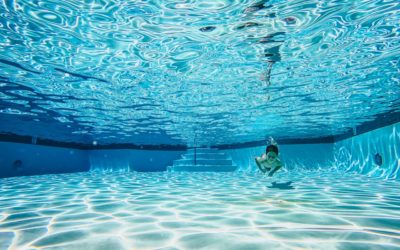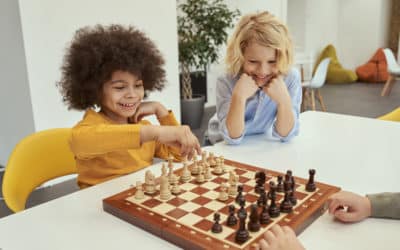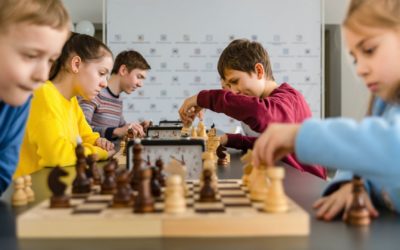Raising children's awareness of environmental and nature protection starts at a very young age.
To do this, there are various "nature" activities that are both fun and rich in learning for both toddlers and older children. These activities are both educational and fun and help children connect with nature, ecology and respect for the planet. In addition, these activities also allow the young child to awaken through his 5 senses.
Before we get down to the nitty-gritty with our selection of 6 fun activities to do with kids to raise their awareness of nature conservation, let's take a quick look at the situation!
Why teach our children about environmental protection or eco-responsibility?
Global warming and climate change, overpopulation, pollution, pandemics, degradation of biodiversity, melting glaciers ... So many dangers for our planet and our environment that we must stop.
The more time passes, the more damage is done to our environment. It is therefore essential to teach future generations to be responsible and environmentally friendly citizens of the world. We must therefore make them aware of the environment and ecology from an early age and through methods appropriate to their age.
Nature activities to make children aware of environmental protection
Make an insect hotel

Whether in the park, at home, in a forest or in a garden, children love to observe and discover insects. It is therefore interesting to invite them to pay more attention to them through careful observation and targeted questioning on: their color, the appearance of their skin, what they do, how many legs they have, etc. You can go further by making an insect hotel.
In addition to allowing children to discover miniature wildlife and to follow its evolution, the insect hotel allows you to attract useful insects to your environment (auxiliaries, pollinators...) which help fight against harmful organisms.
The bug hotel is easy to build and inexpensive. With the help of the children, you can make it from recycled materials. Pipes, pallets, pine cones ... Cracks, crevices, holes and spaces of different sizes can then be used as a shelter for various insects such as bees, sowbugs, spiders or ladybugs!
Find out how to make a bug hotel just here !
Nature Scavenger Hunt:

To combine adventure, play and discovery, there is nothing better than a Nature treasure hunt! The nature treasure hunt is a Montessori activity that aims to make children discover nature in a more in-depth, autonomous and playful way. It can be improvised during a walk with the children in the park or in the street for example. Or it can be organized during a trip to the countryside or a hike in the forest.
For your treasure hunt, you can list on a paper, different elements of nature to collect. For example: a chestnut, a pebble, a daisy, a piece of wood...
Then give the list of treasures to the children to begin their quest. You can also have the children draw these items on a board for a fun twist.
Environment: Experiment with natural elements to better understand our planet
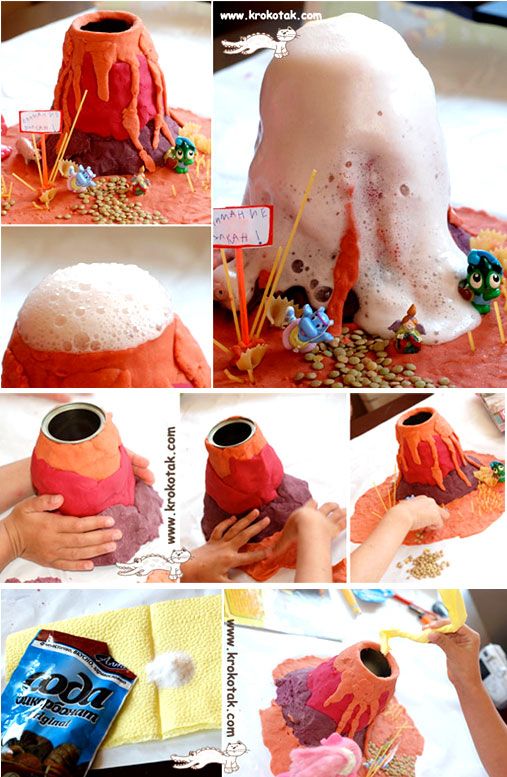
The sun, the wind, the water, the seasons, the volcanoes ... nature is a superb playground when you are thirsty for knowledge and discovery. And this is the case for children!
With their insatiable curiosity and their incessant desire to know everything, children are indeed true budding scientists! They are eager to discover how the elements and natural phenomena work.
To support their learning and feed their curiosity, you can organize small science experiments that are easy to perform and require little equipment.
Using the 5 senses, these experiments will help your children, from the age of 3, to awaken to the world around them and to develop their analytical skills as well as their manual coordination. They will be able to build with the basics of scientific methods while marveling at the results!
Create a rainbow, freeze small objects, make a volcano, magic mud or an observation tank, there are plenty of options when it comes to nature and environmental science experiments!
Find 5 easy and fun experiments to do at home just here !
Make your first herbarium!
https://www.pinterest.fr/pin/72620612731016706/Nothing could be easier than making your first herbarium. All the child has to do is to take advantage of his walks with his family or his babysitter to collect all sorts of pretty leaves, flowers... etc. Then dry them and paste them in a notebook or a dedicated notebook which will act as a herbarium.
You can accompany the child in the decoration of the notebook. Together, decorate the cover of your herbarium with various plants (flowers, moss, leaves, grass ...).
With the help of a plant dictionary, your child will be able to observe, recognize and note the variety of each plant.
Having a home garden or vegetable garden
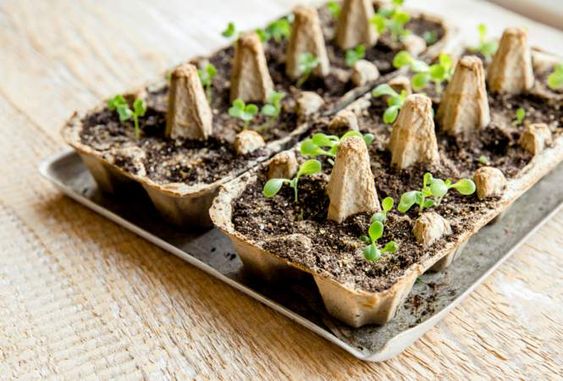
You don't need a garden or a lot of space to have your own home garden. A balcony or a windowsill is all you need to create your own little vegetable and herb patch. So that the child can follow the evolution of your mini-plantation, sow the seeds yourself. Preferably in front of the child. He will be able to observe the whole life cycle of a vegetable. The seed coming out and then transforming into a small plant and growing to become an edible vegetable. This activity is very fruitful and will even encourage children to eat the vegetables they have seen grow!
Create a nature table to get a closer look at the environment!
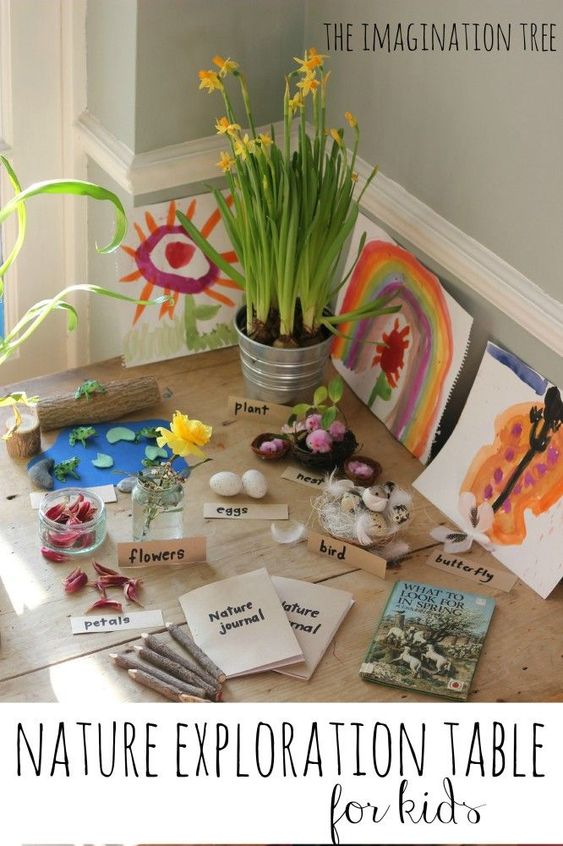
This Montessori inspired activity will help children observe the evolution of certain elements of nature that they have grouped together.
All you have to do is create a small nature area in your home. This could be in the kitchen, living room or children's bedroom. Next, collect flowers, leaves and soil. Then lay them out on a table, and with the help of a magnifying glass, your child can closely follow the evolution of his finds. They'll be able to enrich their vocabulary and knowledge by observing the flowers as they wilt and dry, and the stage of deterioration or evolution of the other elements.
